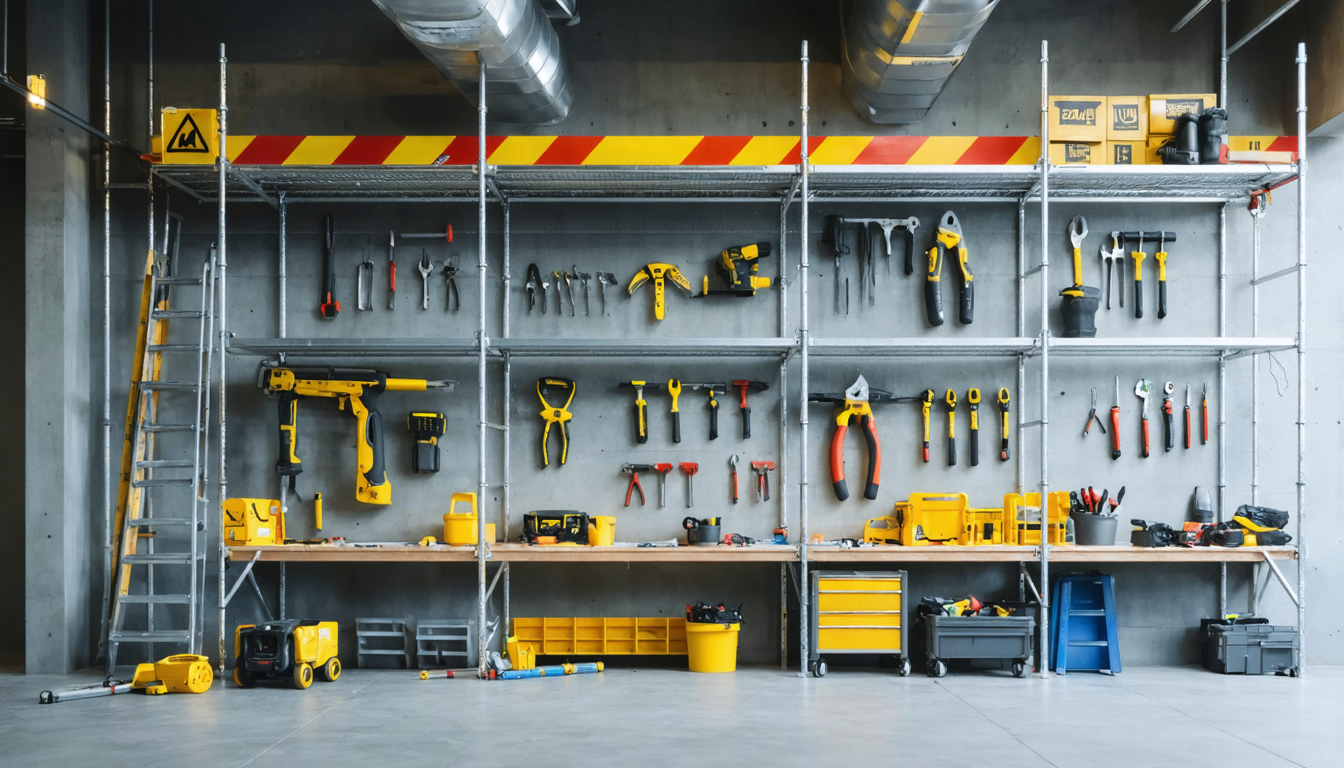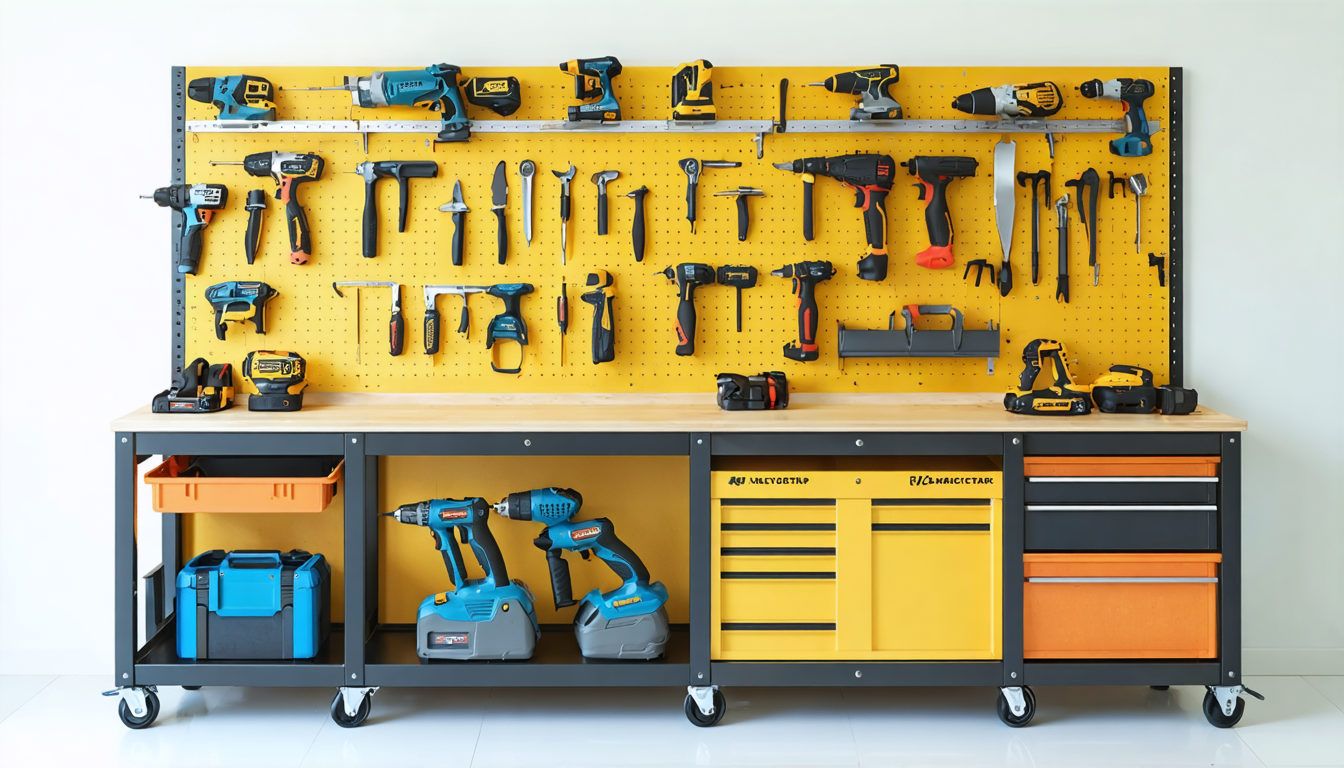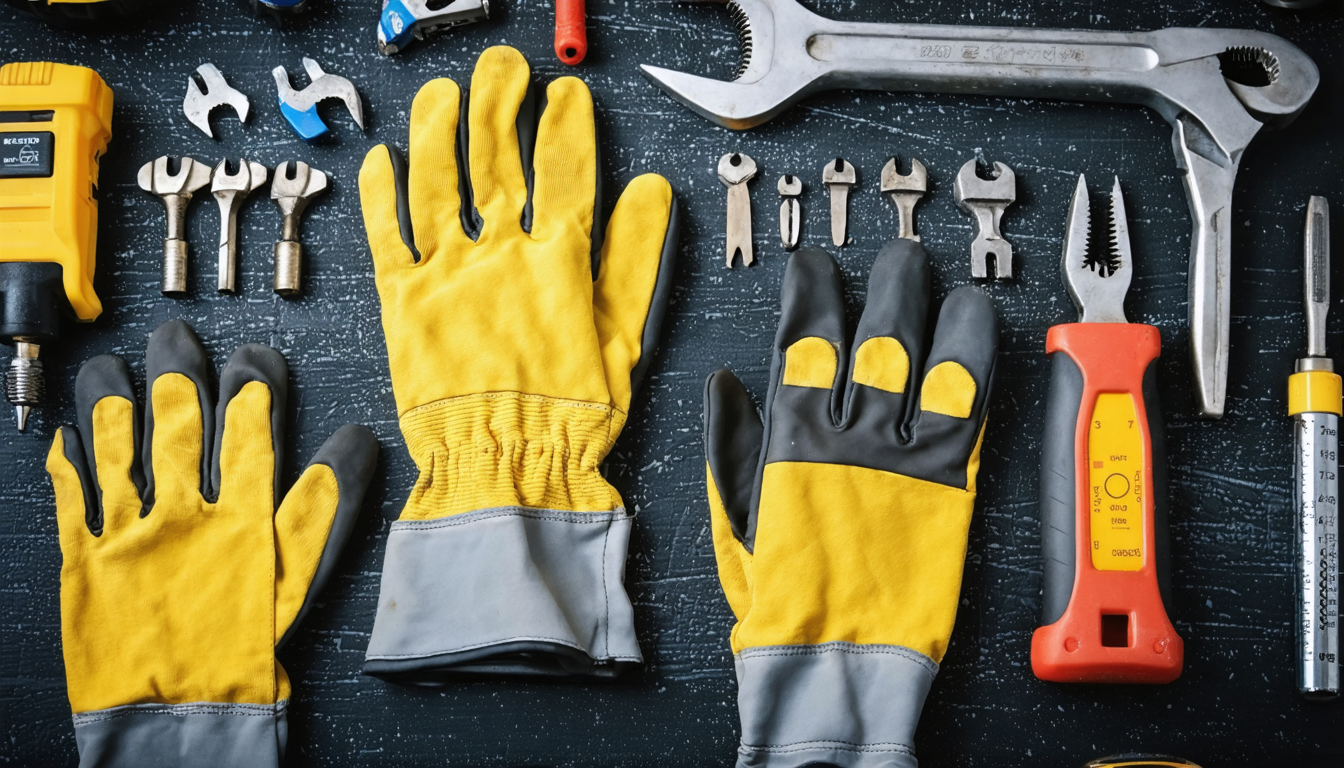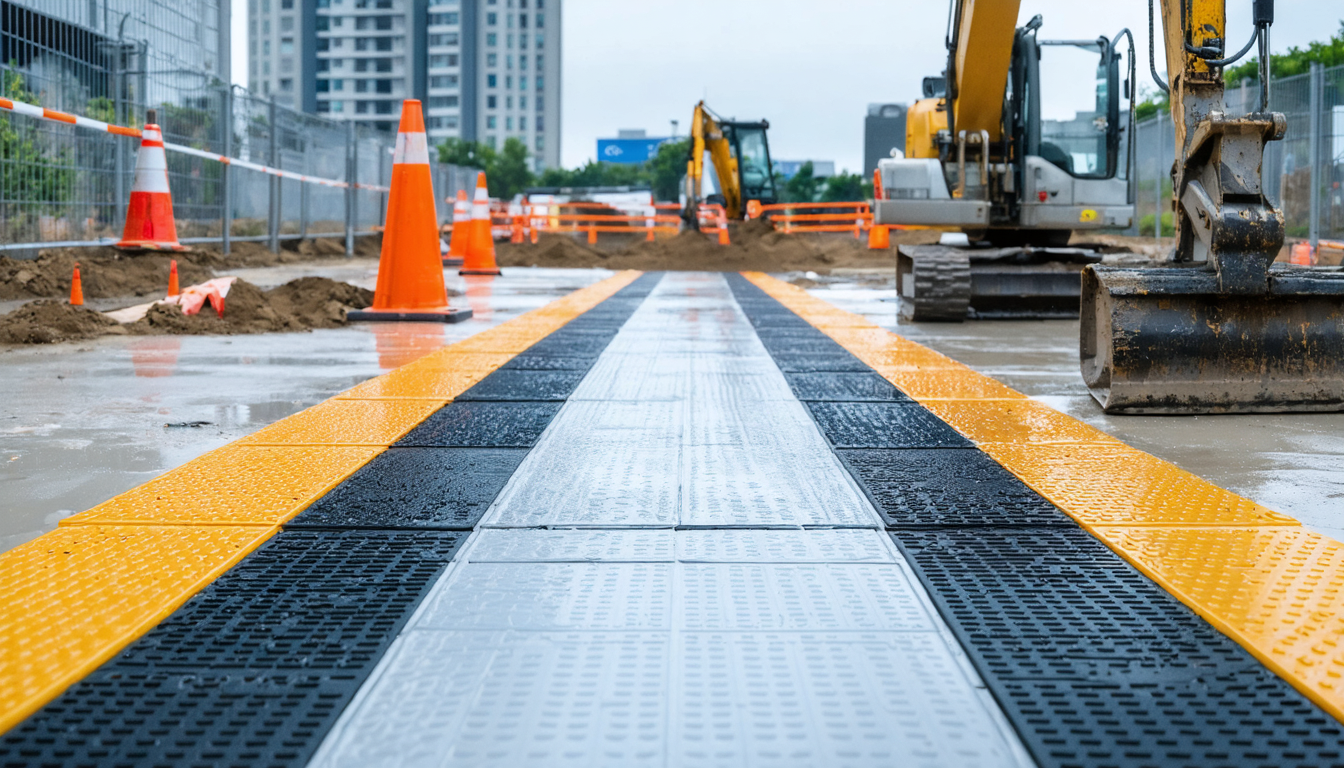Each year, musculoskeletal disorders (MSDs) account for a substantial number of serious workplace injuries across U.S. industries, with construction standing out as one of the hardest-hit sectors. For construction professionals, the reality is clear: MSDs drive up costs, slow down projects, and put workers’ long-term health at risk. Here’s the good news—most MSDs can be mitigated with the right mix of training programs, workflow design, and modern technology. With video AI now able to spot risky behaviors and flag noncompliance, safety teams can move from reacting to incidents to proactively addressing them. This guide breaks down the true costs, root causes, and provides a clear framework for shifting from a reactive to a forward-looking safety model using video AI in construction.
Why musculoskeletal disorders are a costly obstacle for construction
MSDs are a top driver of direct and indirect costs in construction. MSDs most often affect the back, fingers, and multiple body parts, with a physical toll that can extend to chronic soreness, pain, fractures, and even amputations. But the financial impact goes further. On top of medical bills and workers’ comp claims, companies face lost productivity, the cost of temporary staff, and—when safety culture falters—reputational risks.
Top 5 causes of musculoskeletal disorders in construction—and how to mitigate them
Understanding the root causes is the first step toward mitigation. Here are the five leading causes of MSDs in construction, how traditional methods tackle them, and how video AI makes mitigation faster, more effective, and more reliable.
1. Strenuous Postures

The Hazard:
Overhead work—like electrical installs or painting—forces workers to extend arms above their heads for long periods. In one scenario, a drywall installer spent hours reaching overhead, ignoring mounting shoulder discomfort until it became a persistent injury. Tasks like kneeling for tiling or plumbing jobs are equally tough on knees and hips.
Traditional Mitigation:
-
Ergonomic training on posture and tool use.
-
Adjustable scaffolding to minimize overhead reach.
-
Scheduled breaks and task rotation.
How AI enhances mitigation:
Video AI analytics can identify patterns of prolonged or strenuous postures—like extended overhead work or kneeling—by analyzing how long workers remain in high-risk positions. By surfacing this data, safety teams can proactively intervene with ergonomic adjustments, targeted coaching, or task rotation before discomfort becomes a recordable injury.
2. Repetitive Movements

The Hazard:
Screwing, nailing, or sanding for hours on end causes microtraumas in wrists, elbows, and shoulders. Picture a carpenter on a framing crew, driving hundreds of screws per shift—wrist pain creeps in, but production pressure keeps him moving.
Traditional Mitigation:
-
Job rotation to limit repetitive tasks.
-
Use of power tools with ergonomic grips.
-
Reminders to take microbreaks.
How AI enhances mitigation:
Video AI analytics can detect patterns of repetitive motion by analyzing activity in specific task zones. Instead of relying on manual observation, the system can flag when a worker spends an excessive amount of time on a single, repetitive task. This enables supervisors to implement timely job rotation or introduce ergonomic tools to guard against cumulative trauma.
3. Heavy Lifting and Overexertion

The Hazard:
Manual lifting, pushing, or pulling heavy loads—especially with improper form—strains the back and core. For instance, a laborer lifting concrete blocks with a rounded back, in a rush to meet a deadline, ends up with a strained spine.
Traditional Mitigation:
-
Ergonomic training on lifting technique.
-
Use of dollies, hoists, and forklifts.
-
Team lifts for awkward loads.
How AI enhances mitigation:
Video AI can monitor material handling zones to identify when a single worker attempts to lift a heavy or awkward load alone. By flagging these events, the system provides supervisors with real-time opportunities to intervene, enforce team-lift policies, or ensure mechanical aids are used. This data helps transform safety coaching from a general reminder into a targeted, evidence-based conversation.
4. Mechanical Vibrations

The Hazard:
Prolonged use of jackhammers, grinders, or demo saws exposes team members to hand-arm vibration syndrome and nerve problems. For example, a demolition worker using a concrete saw all day ignores tingling hands—until grip strength drops off.
Traditional Mitigation:
-
Rotation out of high-vibration tasks.
-
Anti-vibration gloves and tool maintenance.
-
Scheduled equipment checks.
How AI enhances mitigation: Video AI can monitor designated high-vibration zones and automatically flag when an individual exceeds pre-set time limits for exposure. This provides safety teams with objective, time-stamped data to enforce safety policies, justify equipment upgrades, and ensure compliance with exposure limits.
5. Environmental and Site Hazards

The Hazard: Cold, humidity, or unstable ground force the crew to compensate with awkward postures, increasing joint pain and risk. Imagine a concrete finisher working in damp, uneven conditions—slipping slightly, then twisting a knee while steadying a load.
Traditional Mitigation:
-
Site inspections and housekeeping to remove hazards.
-
Weather-appropriate PPE and footwear.
-
Clear walkways and anti-slip mats.
How AI amplifies mitigation:
Video AI can surface “vehicle enters no-go zones” and “person enters no-go zones” events, highlighting when personnel are exposed to unstable or restricted areas. Real-time alerts help crews respond quickly, reroute foot traffic, and address hazards before an incident occurs.
Integrating an AI camera system: from NVR to AI insights
Technology is only effective when it fits the jobsite. Here’s how a an AI camera system upgrades safety—without forcing you to start from scratch.
Seamless integration, smarter insights
An AI platform connects to your existing cameras—old or new, including common POE models—so you don’t need a costly “rip-and-replace.” Plug-and-play hardware bridges on-prem cameras to a secure, cloud-native dashboard, eliminating bulky on-prem NVRs and the challenges of manual storage or limited user access.
|
Feature |
Traditional NVR System |
AI camera platform |
|---|---|---|
|
Camera Compatibility |
Often limited |
Works with legacy and POE cameras |
|
Storage |
On-prem hardware |
Secure, scalable cloud-based |
|
Maintenance |
Frequent, on-site |
Minimal, remote updates |
|
User Access |
Restricted |
Unlimited seats, unified dashboard |
|
Video Review |
Manual |
AI-powered search and event alerts |
|
Actionable Insights |
Passive |
Real-time safety notifications |
The AI layer on top of your video feed proactively analyzes footage for safety risks like missing PPE, and unauthorized entry into no-go zones. Review flagged incidents for fast, data-backed investigations. Unlimited users can access the dashboard, so safety isn’t siloed.
Practical tips for construction safety professionals
-
Prioritize Compatibility: Ensure your chosen solution supports existing infrastructure and fits your workflow.
-
Focus on Actionable Alerts: Look for platforms that provide real-time notifications for high-risk events—so you can act, not just archive footage.
-
Integrate with Safety Programs: Use AI insights to support OSHA compliance, training, and continuous improvement—not to replace human judgment.
-
Scale as You Grow: Cloud-native storage and unlimited user access mean your system grows with your needs, not your IT budget.
Transform construction safety
MSDs don’t have to be a cost of doing business. By blending proven mitigation strategies with video AI, you can reduce incident rates, speed up investigations, and empower every member of your team to work safer, every day.
Curious how video AI can strengthen your construction safety program? Request a live demo to see Spot AI in action and explore how it fits your workflow.
Frequently asked questions
What are the most common causes of musculoskeletal disorders in construction?
The leading causes are strenuous postures (like overhead work or kneeling), repetitive movements (screwing, sanding), heavy lifting and overexertion, mechanical vibrations from tools, and environmental factors such as cold or unstable ground.
How can construction organizations implement safety technology without disrupting operations?
AI camera systems are designed to plug into your existing infrastructure, overlaying analytics on top of your current video feeds. That means minimal downtime or major changes to daily workflows—just smarter, automated hazard detection and reporting.
Are there specific compliance standards for MSD mitigation in construction?
While there’s no dedicated OSHA standard for MSDs, employers are required to address ergonomic hazards under the General Duty Clause (Source: OSHA). Additionally, some states have their own regulations mandating risk assessments and ergonomic training for high-risk industries.
What steps should construction firms take before rolling out AI camera technology?
Start with a risk assessment to identify task hotspots for MSDs. Involve your safety, IT, and operations teams early. Pilot the AI system in a high-risk area first, review the results, and scale based on data-driven improvements.
How does video AI help with MSD incident investigations?
AI-powered platforms automatically flag events like missing PPE, or unsafe entry into restricted zones, making it easy to review footage, identify root causes, and support faster incident resolution and more accurate investigations.
How can safety technology help reduce stress for safety professionals?
AI analytics automate many of the most time-consuming monitoring and reporting tasks, freeing up safety managers to focus on proactive planning, team coaching, and continuous improvement—rather than chasing down every incident themselves.
How does video AI monitor for PPE compliance on construction sites?
Effective video AI platforms can be configured to detect the presence or absence of specific equipment, like hard hats and high-visibility vests, in designated high-risk zones. When the AI identifies a worker without required PPE, it can automatically flag the event and send a real-time alert to supervisors, providing video evidence for timely correction and targeted safety coaching.
About the author
Joshua Foster is an IT Systems Engineer at Spot AI, where he focuses on designing and securing scalable enterprise networks, managing cloud-integrated infrastructure, and automating system workflows to enhance operational efficiency. He is passionate about cross-functional collaboration and takes pride in delivering robust technical solutions that empower both the Spot AI team and its customers.

























.png)
.png)
.png)